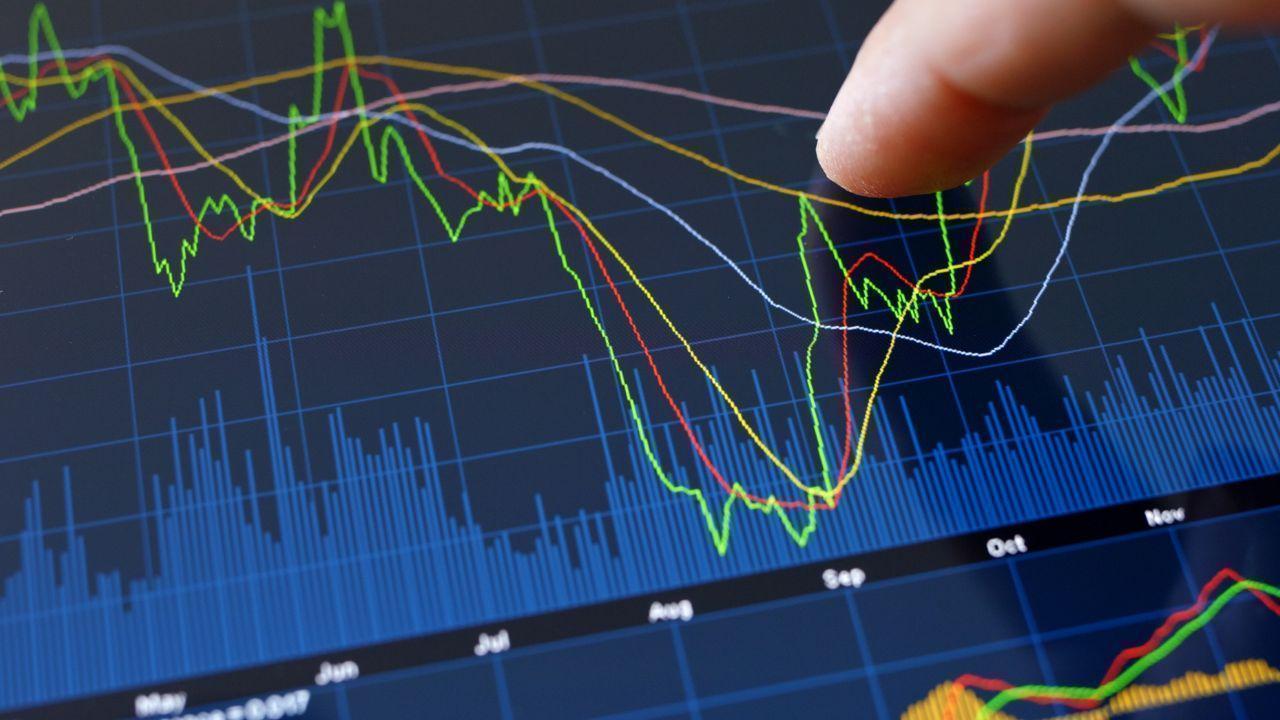
Post by: Raman Preet
Indian stock markets saw a sharp decline on February 10, with the Sensex dropping over 600 points and the Nifty falling below 23,400. The fall came after U.S. President Donald Trump announced plans to impose new tariffs on all steel and aluminum imports, further escalating trade tensions.
The news sent shockwaves across the world's markets, including India. Adding to the pressure, reports suggested that Prime Minister Narendra Modi might consider offering tariff concessions to ease upcoming trade discussions with the U.S. and prevent a full-fledged trade war.
By 2 pm, the Sensex had dropped by 622 points or 0.8% to 77,237, and the Nifty fell 200 points or 0.9% to 23,359. The sell-off was broad-based, with significant losses in the financial, oil & gas, and metal sectors. The India VIX volatility index surged by more than 6% to 14.5, a sign of greater uncertainty among investors.
Stay informed with the latest news. Follow DXB News Network on WhatsApp Channel
Experts of the market are of the opinion that this volatility will continue to exist until it is known in which measure U.S. tariffs are going to affect and what other countries including India will react to it. "Until we have a clear picture on which countries will be affected and how they plan to react, markets will remain volatile," said Aditi Gupta, Economist at Bank of Baroda. She further added that on account of uncertainty, many investors are moving towards safer assets, such as U.S. stocks. "Once the policy outlook becomes clearer, we can expect stability to return," she added.
Ambareesh Baliga, market analyst, said the selling pressure could be due to the global trade concerns, poor Q3 earnings, and overall absence of any triggers that are likely to improve Indian equities. "Currently, there is nothing significant enough that can bring in a change in market sentiment on the positive side. Policies by Trump and how they would shape trade would keep markets on their toes," he said.
FIIs have withdrawn Rs 10,179 crore from Indian equities so far in February. This withdrawal was triggered by a stronger dollar and rising U.S. Treasury yields. V.K. Vijayakumar, Chief Investment Strategist at Geojit Financial Services, opined that as the dollar index is well above 108 and U.S. 10-year bond yields at 4.5%, FII selling during market rallies is likely to stop any kind of meaningful revival.
The Indian rupee, too, had taken a knock as it lost 49 paise to open at a record low of 87.92 per dollar on February 10. Broader declines in Asian currencies, combined with the threats from US President Donald Trump's tariffs, were further exerting pressure. Amit Pabari, MD of CR Forex Advisors and currency expert, forecast that the rupee will trade between 87.50 and 88.20 in the near term. The first number 87.50 would be an important support.
The broader market, too, incurred significant losses with the BSE Midcap and BSE Smallcap indices down over 2%. All of the 13 major sectoral indices were red inked with metal stocks facing the biggest shock. The BSE Metal index dropped nearly 3% as it followed a statement from US President Donald Trump regarding a 25% duty on steel and aluminum imports. Stocks of the major metal companies, such as Tata Steel, SAIL, and Vedanta, declined by 3-4%.
Individual stocks saw Trent, Tata Steel, Power Grid, Bajaj Finance, and ONGC take the biggest falls at 2-4%. Britannia, Tata Consumer, Kotak Mahindra Bank, Bharti Airtel, and Wipro, on the other hand, managed to stay in the green, having risen between 0.3% and 1.4%.
Several companies also saw sharp movements as the quarter ended with earnings reports. Oil India shares declined more than 4% after reporting weaker-than-expected third-quarter results. Shipping Corporation of India fell 6% after reporting lower profits, while VA Tech Wabag rose nearly 4% after securing a $364 million order and reporting strong earnings. Shares of Mazagon Dock Shipbuilders climbed 3% as the company continued to gain after announcing positive Q3 results.
On the technical side, Nifty 50 is finding support at the 23,300 level, said Jatin Gedia, Technical Research Analyst at Sharekhan. "If Nifty falls below 23,300, the next support level is 23,280. Immediate resistance is at 23,600," he noted.
The coming days would be keenly watched for upcoming inflation data releases from India and the U.S. on February 12, which will largely determine market sentiment in the following days.
#trending #latest #Sensex #StockMarket #Nifty #MarketCrash #StockUpdate #Trading #Investing #FinancialNews #FIIs #GlobalMarkets #USATariffs #Rupee #MetalStocks #EconomicUpdate #StockMarketIndia #breakingnews #worldnews #headlines #topstories #globalUpdate #dxbnewsnetwork #dxbnews #dxbdnn #dxbnewsnetworkdnn #bestnewschanneldubai #bestnewschannelUAE #bestnewschannelabudhabi #bestnewschannelajman #bestnewschannelofdubai #popularnewschanneldubai

A Singapore Airlines flight from Hong Kong to Singapore was delayed for over six hours after a pilot fell ill before takeoff, causing major disruptions...Read More.

Dr. Rekha Raghuvanshi, a DM neurology student, was found dead in her hostel room in Gwalior under suspicious circumstances. Family denies suicide, investigation...Read More.














7 Free Ghibli-Style AI Image Editors to Try Now
Transform your images into Ghibli-style art with these 7 free AI tools. From dreamy landscapes to an

China Conducts Military Drills Near Taiwan
China's coast guard conducted patrols, inspections, and drills near Taiwan as Beijing announced mili

Man City’s Haaland suffers ankle injury, awaits tests
Erling Haaland picked up an ankle injury in Man City’s FA Cup win. He will see a specialist to asses

New E-Skin Enables Touchless Control and Robot-Like Sensation
Revolutionary e-skin mimics human touch, allowing touchless control, aiding robots, and helping peop

UAE to Launch Digital Dirham CBDC by Year-End for Secure, Efficient Payments
The UAE will introduce its Digital Dirham CBDC by year-end, enhancing security, transparency, and ef